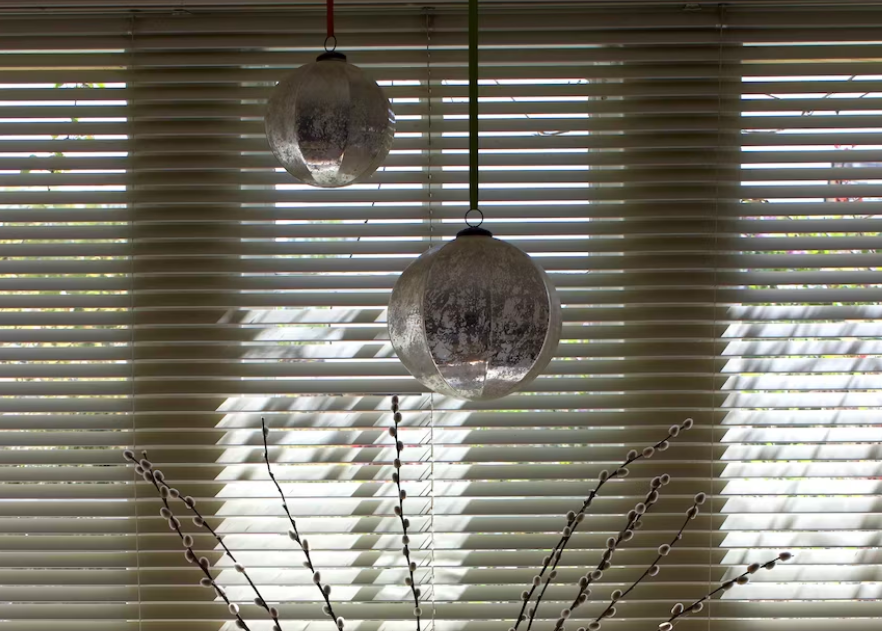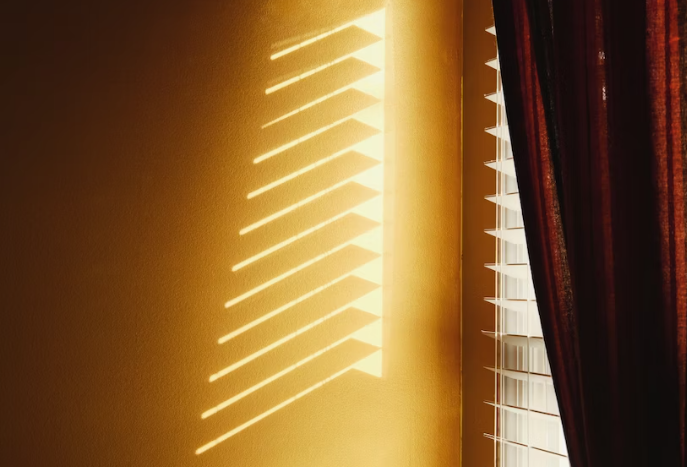Harmony at Home with Simple Design Hacks
As autumn arrives in Toronto, it’s the perfect time to update your home’s interior design to create a cozy and harmonious atmosphere. With simple design hacks and the right window treatments, you can transform your living spaces into inviting sanctuaries that embrace the season’s beauty. In this blog, we’ll explore achieving harmony at home with easy design tips like bay window blinds and window treatments suitable for your Toronto residence this autumn.
1. Embrace Warm and Earthy Tones
Autumn is all about the warmth and beauty of nature’s colors. Consider incorporating warm and earthy tones with bay window blinds and other treatments to infuse your Toronto home with a cozy autumnal vibe. Deep oranges, rich browns, and muted greens can be used in accents like throw pillows, rugs, and artwork. These hues evoke the feeling of fall and add a sense of harmony and comfort to your space.
2. Layer Your Lighting
As the days grow shorter, creating a well-lit and inviting atmosphere inside your home is important. Layered lighting is the key to achieving this. Incorporate a mix of ambient, task, and accent lighting. Consider adding table lamps with warm, soft-glowing bulbs, pendant lights, and even candles to create a soothing and inviting ambiance.
3. Cozy Textiles
The autumn season calls for an abundance of cozy textiles that invite you to snuggle up and relax. Invest in plush blankets, soft throw pillows, and warm, textured upholstery for your furniture. These elements add physical comfort and create visual warmth and a sense of harmony.
4. Window Treatments for Comfort and Style
Window treatments play a vital role in your home’s overall look and feel. Here are some window treatment ideas for a harmonious autumn decor:
Heavy Curtains: Replace lightweight summer curtains with heavier, insulating curtains in warm, autumnal colors. These curtains provide privacy, block out drafts, and add a touch of elegance to your interior.
Roman Shades: Roman shades in earthy tones or autumn-inspired patterns can bring a cozy and stylish element to your windows. They are a versatile option that allows you to control the amount of light entering your space.
Layered Window Coverings: Consider layering your window treatments for added insulation and style. Start with sheer curtains or blinds to allow natural light during the day, and then add heavier drapes for warmth and coziness in the evenings.
Motorized Blinds: As the days get shorter, you may want to adjust your window treatments more frequently. Motorized blinds offer convenience and flexibility, allowing you to easily control the amount of light and privacy with the touch of a button.
5. Natural Elements
Bringing elements of nature indoors is a fantastic way to create harmony and celebrate the beauty of autumn. Decorate your home with seasonal foliage like branches, pinecones, and dried flowers. Place them in vases, wreaths, or as table centerpieces to connect with the outside world and add a touch of nature to your interior.
6. Personal Touches
Harmony at home often comes from personal touches that make a space uniquely yours. Incorporate family photos, artwork, or cherished mementos that hold sentimental value. These personal touches infuse your home with warmth and create a connection.
7. Stay Clutter-Free
Keep clutter at bay to maintain a harmonious and peaceful atmosphere in your Toronto home. Organize your belongings, declutter surfaces, and create a clean, uncluttered environment. This enhances the aesthetic appeal and contributes to a sense of serenity.
With these simple design hacks and window treatment ideas, you can create a harmonious and cozy atmosphere in your Toronto home this autumn. Embrace the colors and textures of the season while infusing your living spaces with your unique personality and style. As the temperatures drop outside, you’ll have a warm and inviting haven to enjoy the beauty of fall indoors.




